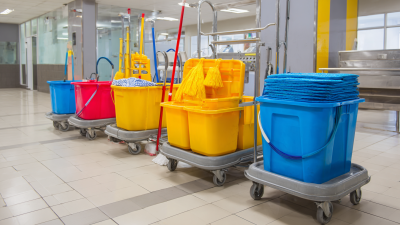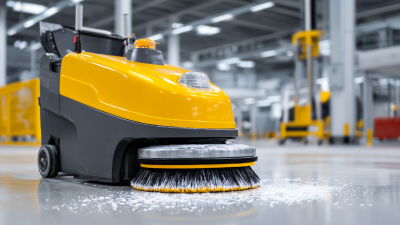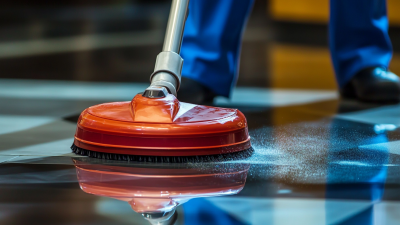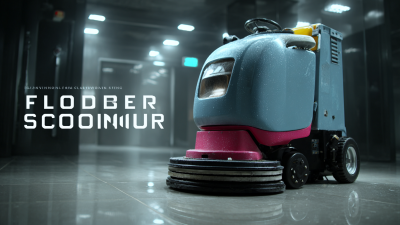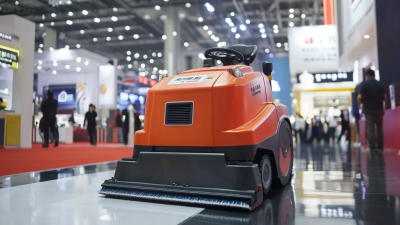Inquiry
Form loading...
In today's fast-paced industrial landscape, the efficiency of cleaning operations can significantly impact overall productivity and operational costs. According to a report by the Cleaning Industry Research Institute, enhancing cleaning efficiency by just 10% can lead to substantial savings, improving the bottom line for businesses. As companies strive to maintain high standards of cleanliness while optimizing labor and resources, selecting the right Cleaner Machine has become a critical consideration. With a plethora of options available, understanding the features, types, and technological advancements of cleaner machines is essential for making informed decisions. This blog aims to provide you with seven essential tips that will guide you in choosing the most suitable cleaner machine, ensuring that your cleaning processes are not only effective but also contribute positively to your operational efficiency.
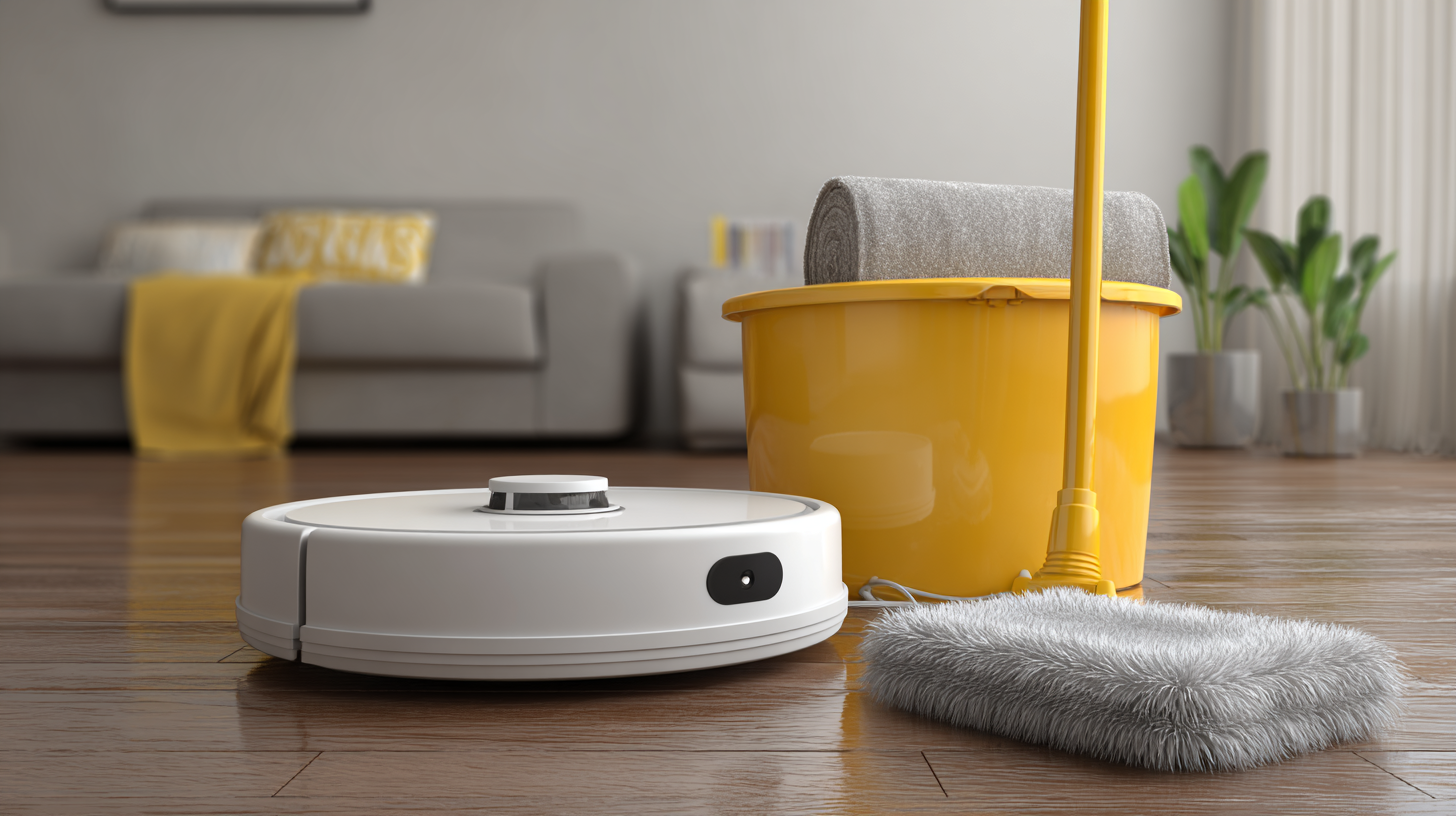
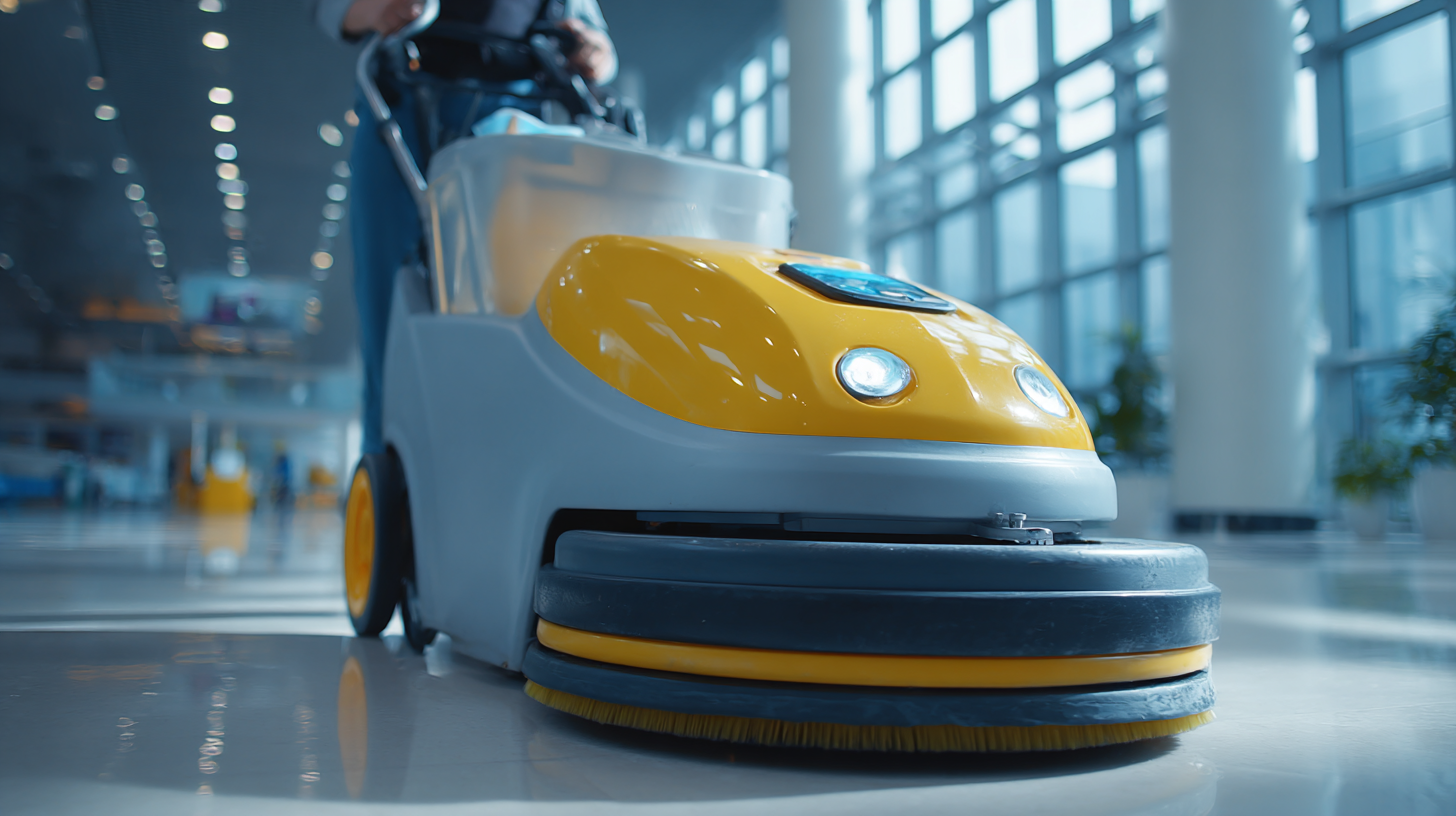 When selecting a cleaner machine, it’s crucial to understand the various types available, as each is designed with specific tasks in mind. The primary categories include upright vacuum cleaners, canister vacuums, robotic cleaners, and steam cleaners.
When selecting a cleaner machine, it’s crucial to understand the various types available, as each is designed with specific tasks in mind. The primary categories include upright vacuum cleaners, canister vacuums, robotic cleaners, and steam cleaners.
Upright vacuums are favored for their powerful suction and ease of use on carpets, making them ideal for residential cleaning. In contrast, canister vacuums offer versatility and better maneuverability, especially on hard-to-reach areas and various floor types.
Robotic cleaners are becoming increasingly popular for their convenience and hands-free operation. These machines utilize advanced sensors to navigate cleaning paths autonomously, making them perfect for busy households or offices. Lastly, steam cleaners provide an eco-friendly option by using steam to sanitize and refresh surfaces without chemicals, making them great for deep cleaning and maintaining hygiene. Understanding these distinctions will help you choose the right cleaner machine tailored to your cleaning needs, ultimately boosting your efficiency.
When selecting a cleaner machine, understanding the key features that can enhance productivity is crucial. According to a report from the International Association for Cleaning, businesses that invest in modern cleaning technology can boost their efficiency by up to 30%. This significant improvement often stems from features that streamline cleaning processes, reduce downtime, and enhance the overall cleaning effectiveness.
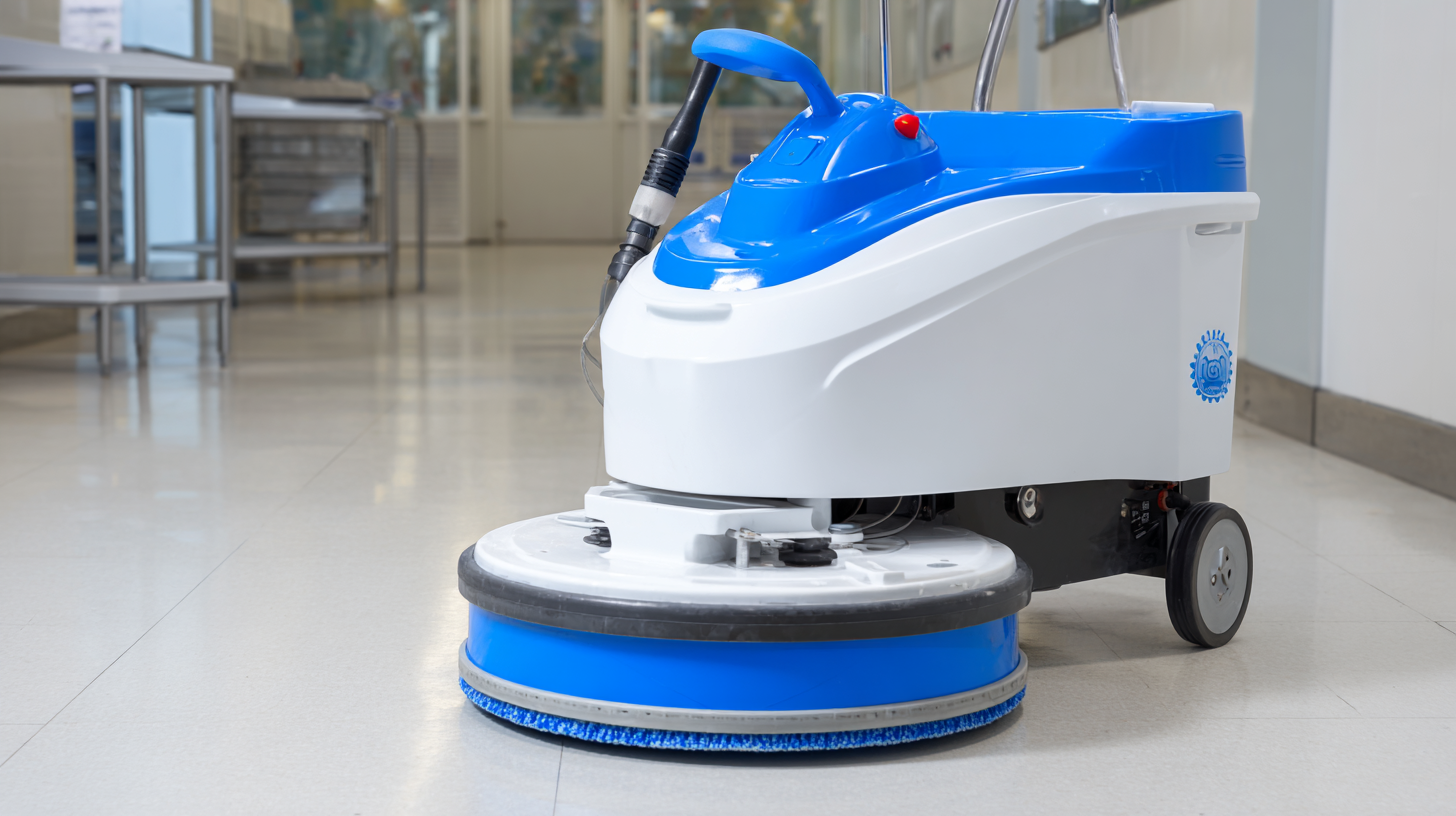
One essential tip is to prioritize machines with ergonomic designs. These not only reduce operator fatigue but also minimize the risk of workplace injuries, further maintaining productivity levels. Additionally, opt for machines equipped with advanced filtration systems. As highlighted in a survey by the Cleaning Industry Research Institute, machines with superior filtration can significantly reduce airborne contaminants, improving indoor air quality by up to 80%, thereby contributing to a healthier work environment.
Another critical feature to consider is the versatility of the machine. Multi-functional cleaning machines can handle various tasks, from carpets to hard floors, providing significant time savings. A report by the Cleaning Equipment Trade Association indicated that businesses utilizing versatile machines reported up to 25% savings in operational costs due to reduced equipment requirements and maintenance. Prioritizing these key features is essential in selecting the right cleaner machine to optimize productivity and maintain high cleaning standards.
Choosing the right cleaner machine can significantly impact operational costs, particularly when considering efficiency. According to a report by the Cleaning Industry Research Institute, efficient cleaning equipment can reduce water and chemical usage by up to 30%, leading to substantial savings over time. Moreover, machines that are designed to optimize energy consumption can lower electricity costs by nearly 25%. These numbers underline the importance of selecting a cleaner machine that not only meets your cleaning needs but also aligns with budget-conscious strategies.
Furthermore, the International Facility Management Association states that cleaner machines with higher efficiency ratings can boost labor productivity by 15-20%. This is because more efficient machines require less downtime for maintenance and operation, allowing staff to focus on other essential tasks. In a world where operational costs are closely linked to efficiency, investing in high-performing cleaner machines is crucial. It’s evident that while the initial investment may be higher, the long-term savings and productivity gains make it a wise choice for businesses looking to optimize their cleaning processes.
The chart above illustrates the operational efficiency of various cleaner machines, showing how their performance can impact overall operational costs. Selecting machines with higher efficiency can lead to significant savings and improved productivity.
In today's fast-paced cleaning industry, the integration of technology into cleaner machines has revolutionized their performance, making it essential to understand industry statistics that highlight these advancements. According to recent studies, cleaner machines equipped with smart technology can enhance operational efficiency by up to 30%. This leap in productivity is largely due to features such as real-time monitoring, automated cleaning schedules, and advanced filtration systems that adapt to various environments.
Moreover, the use of artificial intelligence in cleaner machines has dramatically improved their performance metrics. Reports indicate that machines utilizing AI-driven analytics can reduce maintenance costs by approximately 25%, as they predict potential failures before they occur. Additionally, the introduction of eco-friendly technologies not only boosts efficiency but also addresses environmental concerns, with many modern machines consuming 40% less energy compared to their predecessors. Embracing these technological advancements is crucial for businesses aiming to optimize their cleaning processes while maintaining sustainability and cost-effectiveness in today's competitive landscape.
| Feature | Importance (%) | Industry Average Performance Rating (Scale 1-10) | Technology Impact on Performance |
|---|---|---|---|
| Suction Power | 30% | 8 | High |
| Weight and Portability | 15% | 7 | Medium |
| Water Consumption | 10% | 6 | Medium |
| Battery Life | 20% | 9 | High |
| Maintenance Needs | 10% | 5 | Low |
| Noise Level | 5% | 4 | Low |
| Flexibility & Design | 10% | 7 | Medium |
When selecting a cleaner machine, one fundamental consideration should be its maintenance requirements. A machine that demands excessive upkeep can lead to significant downtime, impacting your productivity and overall efficiency. By choosing a cleaner that is designed with ease of maintenance in mind, you can reduce the time spent on repairs and servicing by as much as 25%. This efficiency gain translates directly into more operational time and less disruption to your workflow.
Look for machines that offer user-friendly features such as easy access to components for routine checks and a design that simplifies cleaning tasks. Consider models that come with built-in alerts for necessary maintenance, ensuring that you are not caught off guard by unplanned breakdowns. Investing in a cleaner with these qualities not only enhances your ability to maintain it efficiently but also optimizes your cleaning operations, allowing for a more streamlined process that meets your organization’s demands.
